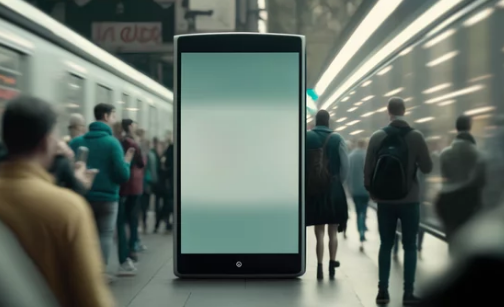When your iPhone struggles to stay connected to Wi-Fi, the issue might go beyond software glitches. In many cases, persistent Wi-Fi problems indicate a failing Wi-Fi chip, the component responsible for managing wireless connections. Understanding the symptoms and potential fixes can help you address the problem before it worsens.
This guide covers how to identify Wi-Fi chip failure, troubleshooting strategies, and effective repair options for a stable wireless experience.
1. Understanding the iPhone Wi-Fi Chip
The Wi-Fi chip, also known as the Wi-Fi IC (Integrated Circuit), controls all wireless communications on your iPhone. It interacts with the device’s antenna, logic board, and Bluetooth module. When it fails, you may experience frequent disconnections, inability to detect networks, or a greyed-out Wi-Fi toggle.
2. Common Symptoms of Wi-Fi Chip Failure
Identifying hardware issues early can prevent further damage. Key symptoms include:
- Wi-Fi toggle greyed out in Settings, preventing activation
- Frequent connection drops despite strong signals
- No Wi-Fi networks detected even near a router
- Overheating of the device before Wi-Fi fails
- Simultaneous Bluetooth instability, as both functions share the same chip
- Wi-Fi works temporarily after reboot but fails quickly
If you notice multiple symptoms, the Wi-Fi chip may be malfunctioning.
3. Initial Troubleshooting Steps
Before assuming hardware failure, rule out software issues with these steps:
a. Restart iPhone and Router
A simple reboot clears temporary glitches affecting Wi-Fi connections.
b. Forget and Reconnect to Networks
Go to Settings → Wi-Fi → (i) → Forget This Network, then reconnect to refresh network data.
c. Reset Network Settings
Navigate to Settings → General → Transfer or Reset iPhone → Reset → Reset Network Settings. This clears stored networks and refreshes the Wi-Fi stack.
d. Update or Restore iOS
Ensure your device is running the latest iOS. If issues persist, a DFU restore may eliminate deep software conflicts.
If Wi-Fi problems continue, the cause is likely hardware-related.
4. DIY Tips for Temporary Relief
Some minor Wi-Fi chip issues can be mitigated temporarily at home:
- Cool down your iPhone: Overheating may cause the Wi-Fi chip to shut down. Turn off the device for 10–15 minutes.
- Remove case and clean antennas: Dust or metal cases can interfere with signal reception.
- Reset all settings: Settings → General → Reset → Reset All Settings can resolve configuration conflicts without deleting data.
- Use external Wi-Fi adapters: Lightning-compatible Wi-Fi dongles can temporarily restore connectivity.
These methods provide temporary fixes but won’t repair a failing chip permanently.
5. Professional Repair Options
For persistent Wi-Fi chip failure, professional repair is necessary. Options include:
- Wi-Fi IC Replacement: Replacing the faulty chip restores proper wireless function.
- Antenna Flex Cable Repair: Fixes broken connections between the chip and antenna.
- Logic Board Soldering: Addresses cracked solder joints affecting Wi-Fi performance.
Always seek Apple Authorized Service Providers or certified board-level repair specialists to ensure proper handling.
6. Repair Costs and Considerations
| Repair Type | Estimated Cost (USD) | Repair Duration |
|---|---|---|
| Wi-Fi Chip Replacement | $120–$200 | 2–3 hours |
| Antenna Flex Cable Repair | $50–$100 | 30–60 minutes |
| Logic Board Soldering | $180–$300 | 1–2 days |
Costs vary based on iPhone model, technician expertise, and regional pricing.
7. Preventing Future Wi-Fi Chip Failures
Once repaired, protect your Wi-Fi chip with these preventive measures:
- Avoid overheating by limiting intensive tasks while charging.
- Keep your iPhone dry to prevent moisture-related corrosion.
- Use official chargers and accessories.
- Handle your iPhone carefully to avoid physical impact.
- Keep iOS and router firmware up-to-date for optimal compatibility.
Final Thoughts
Wi-Fi chip failure is a common yet often overlooked cause of persistent connectivity issues. Recognizing the symptoms early, performing basic troubleshooting, and opting for professional repairs can restore your iPhone’s wireless performance. By following preventive measures, you can extend the lifespan of your Wi-Fi hardware and enjoy uninterrupted connectivity for years to come.
Also Read :
